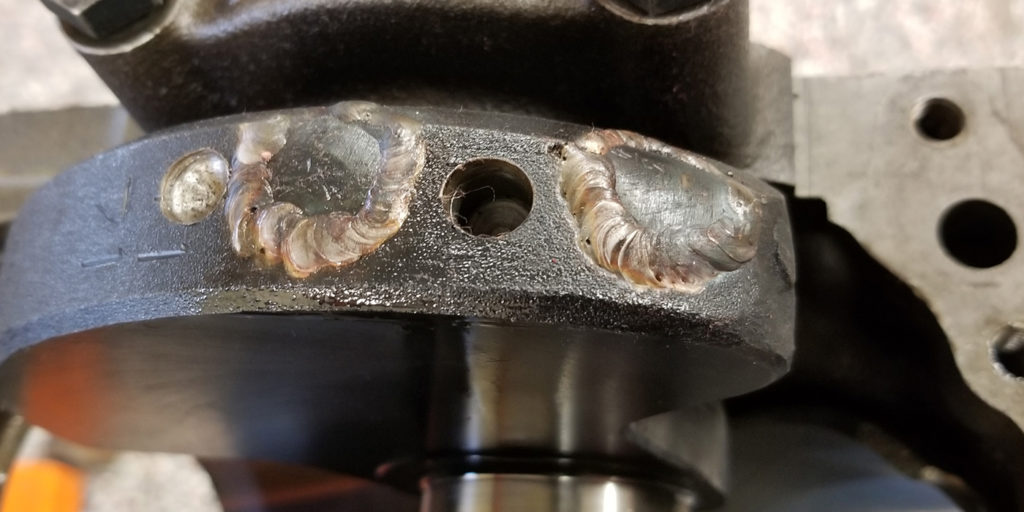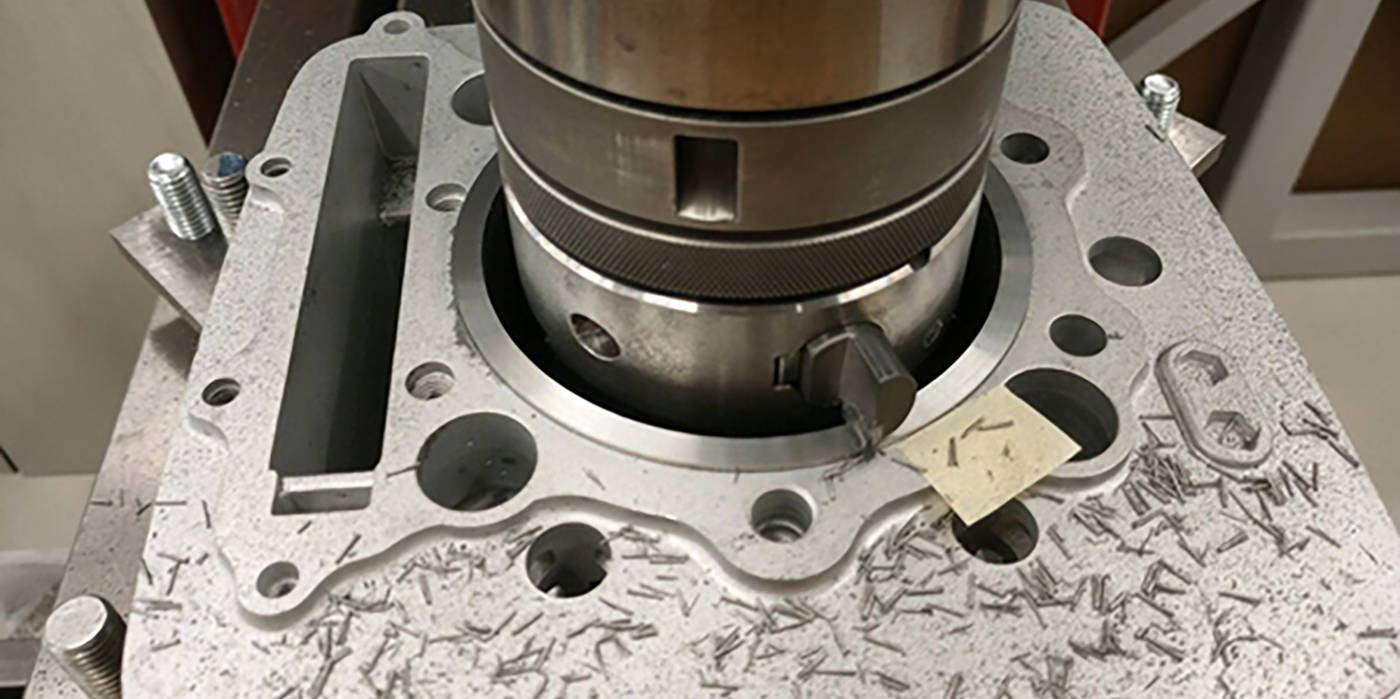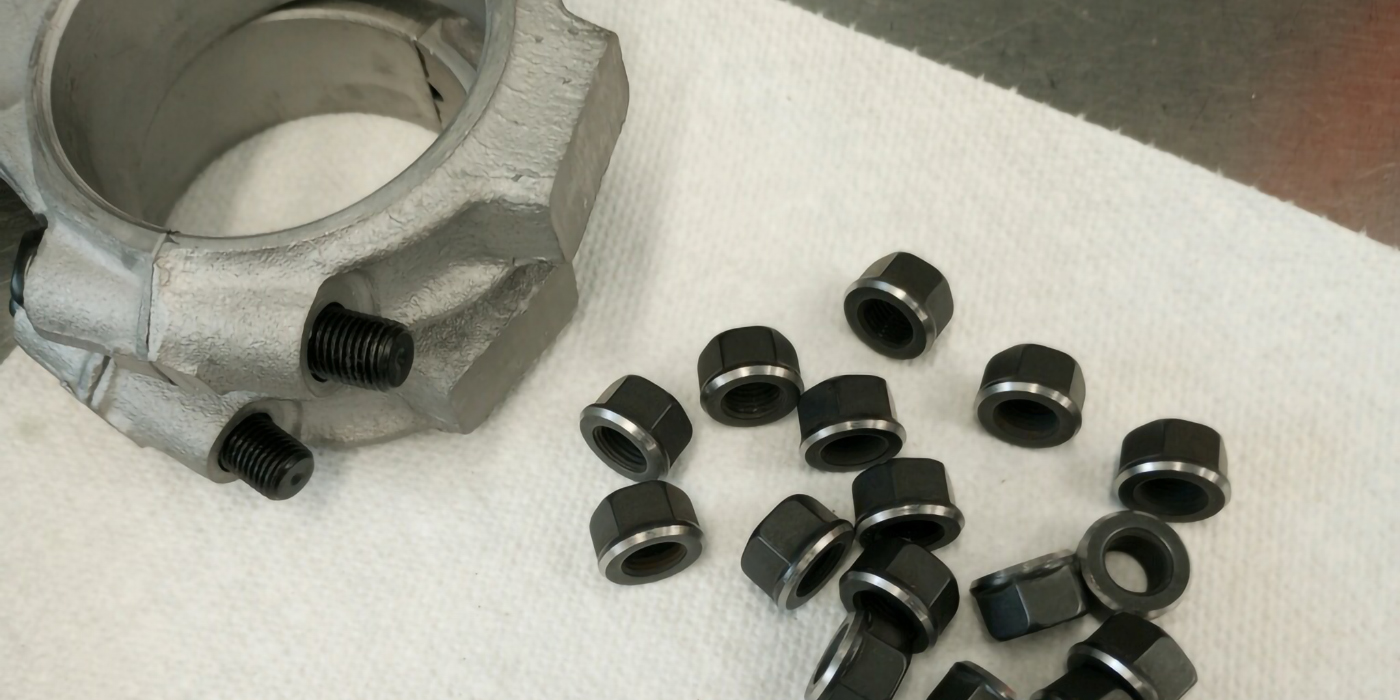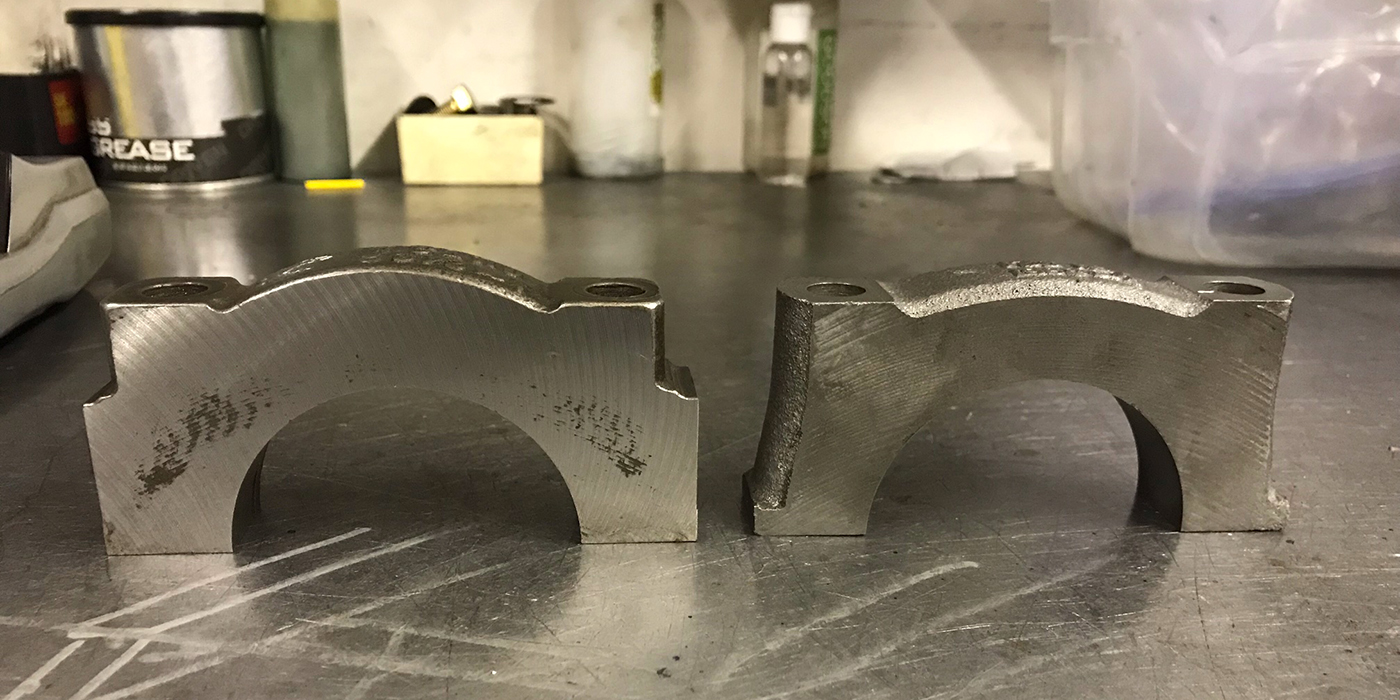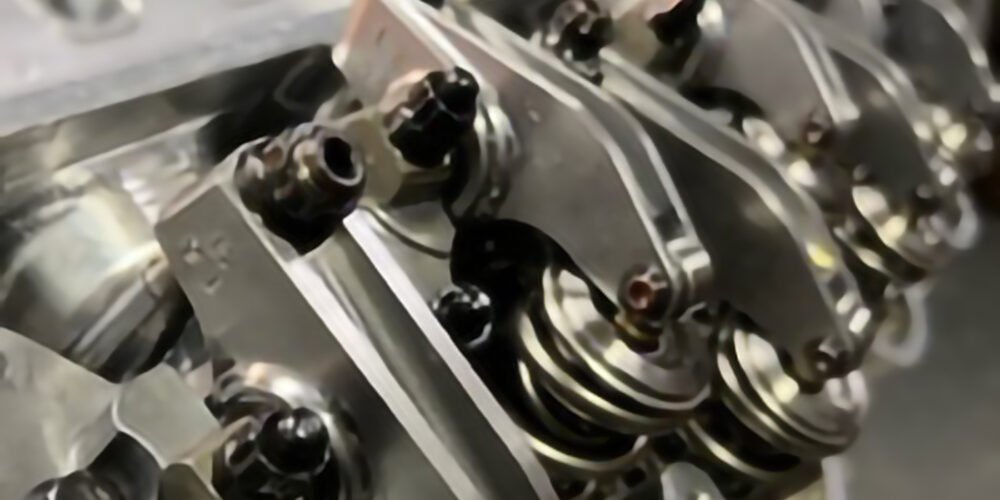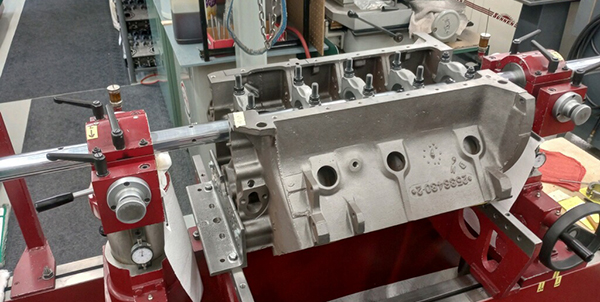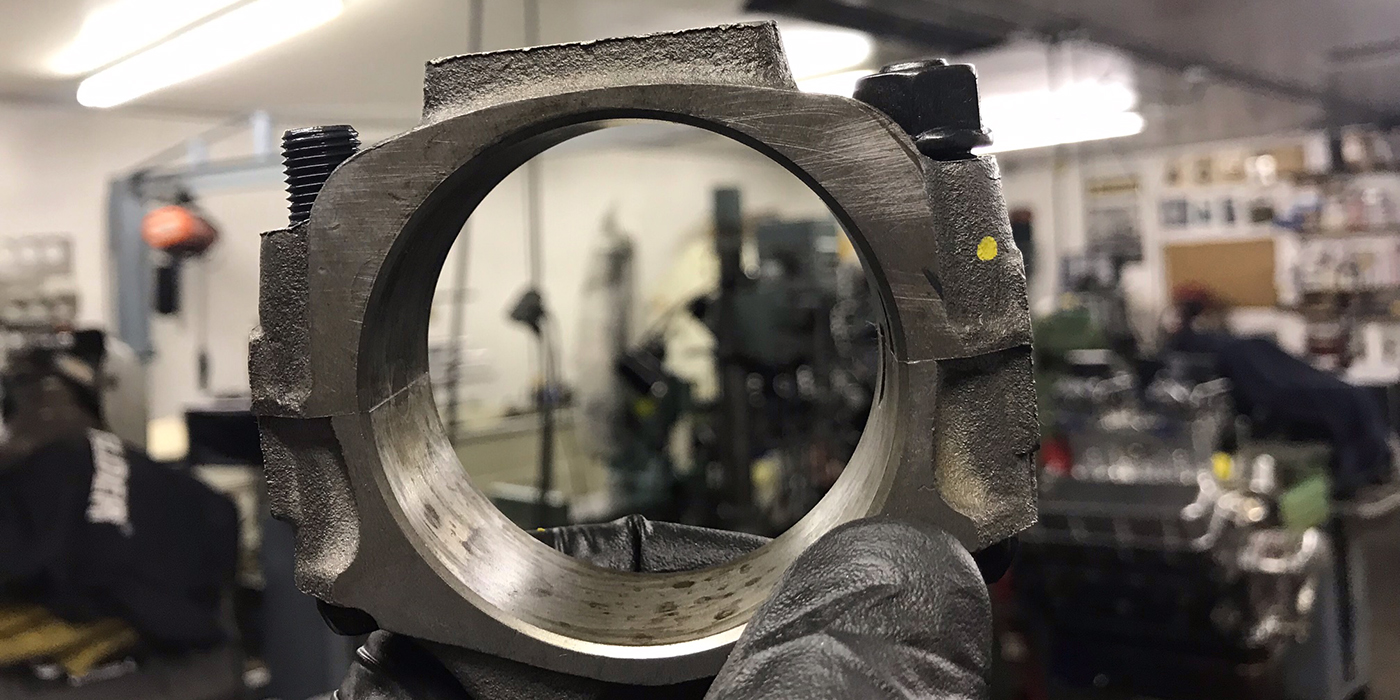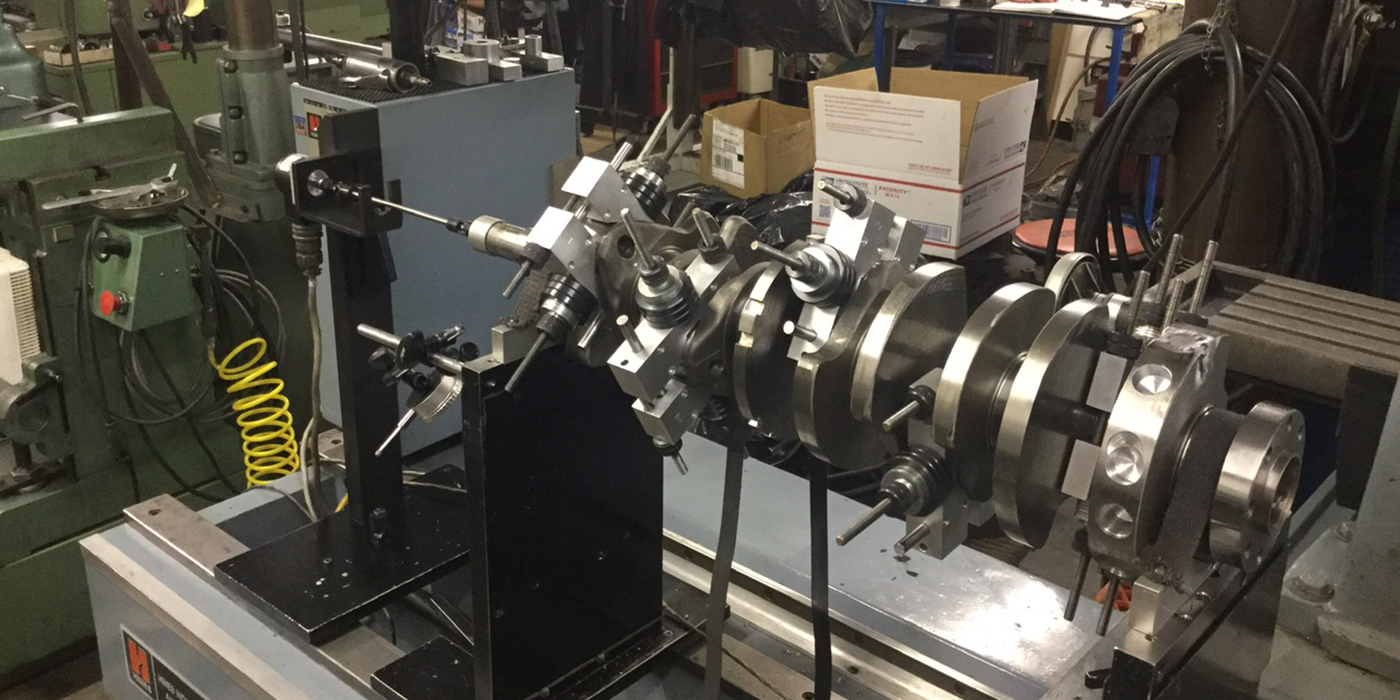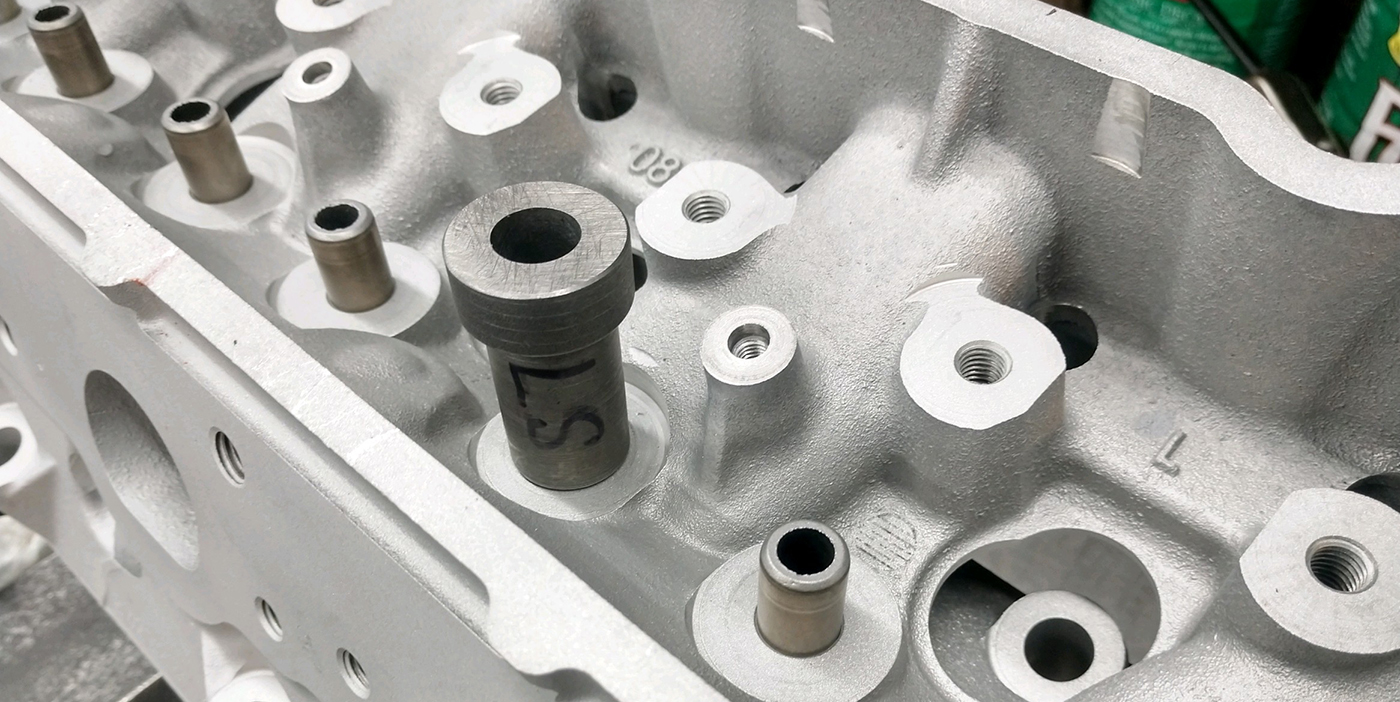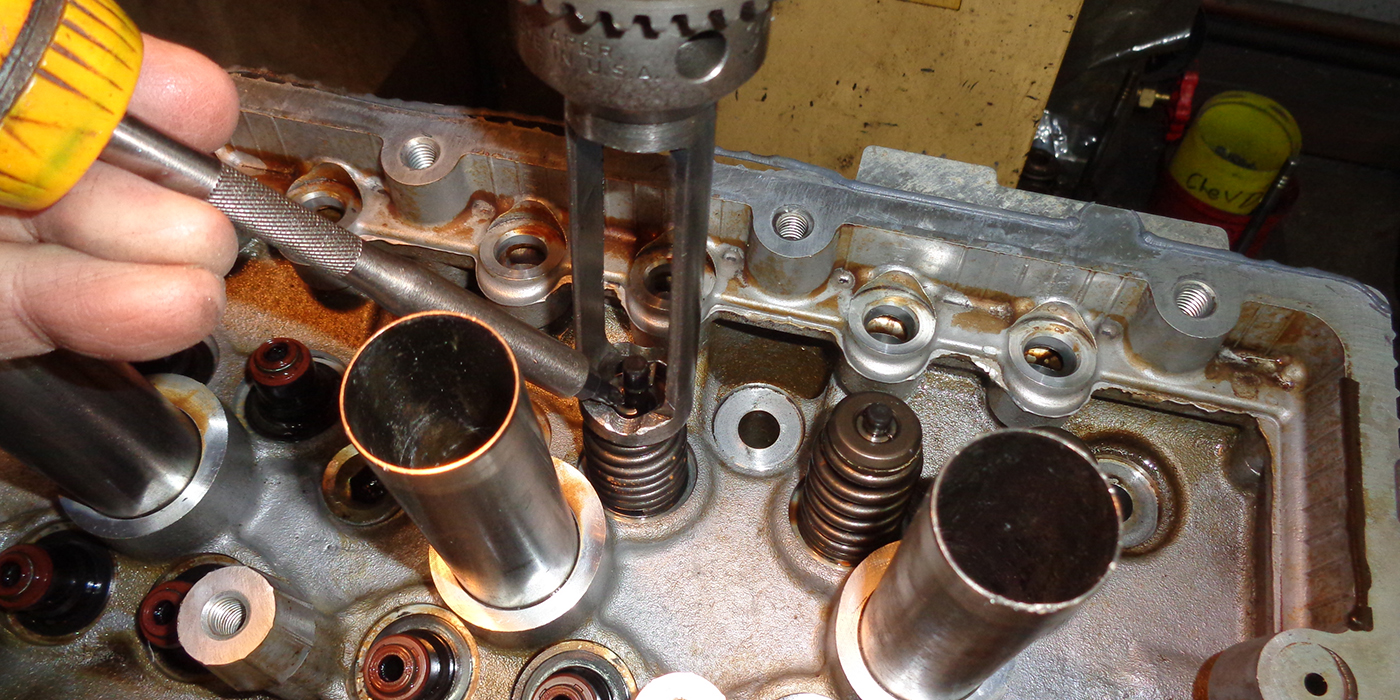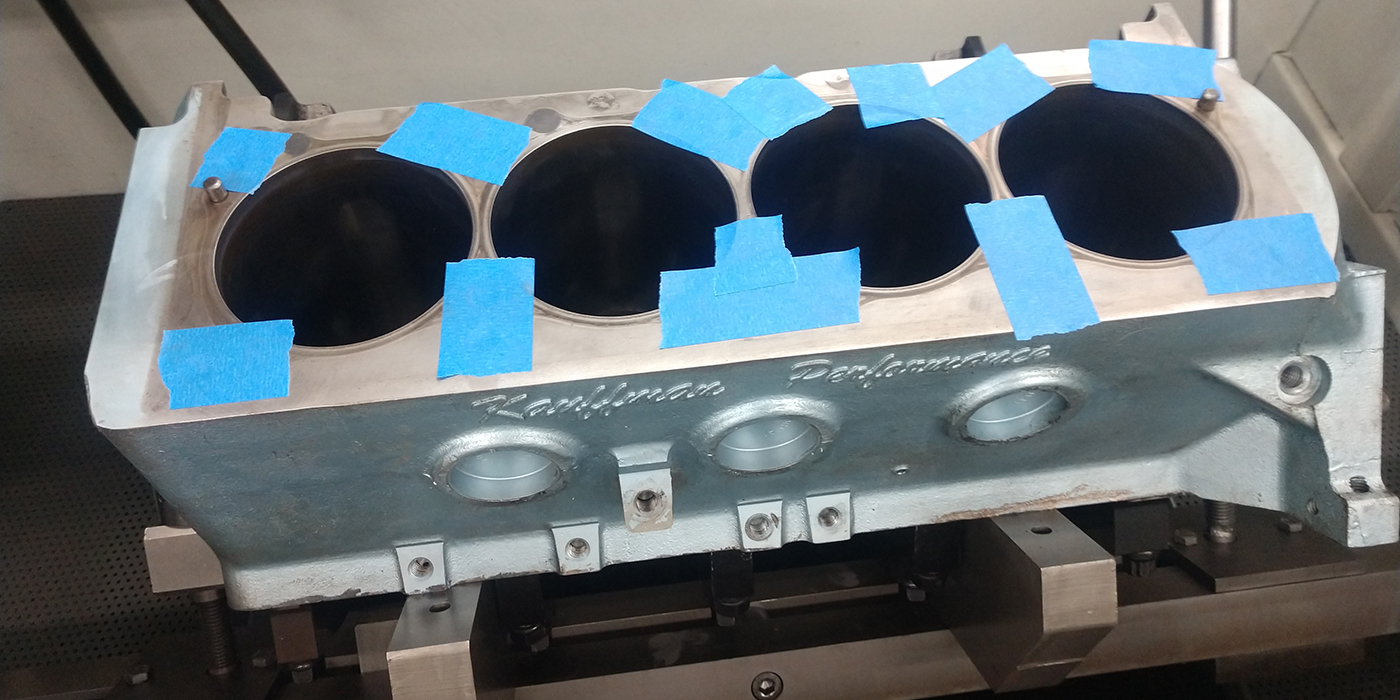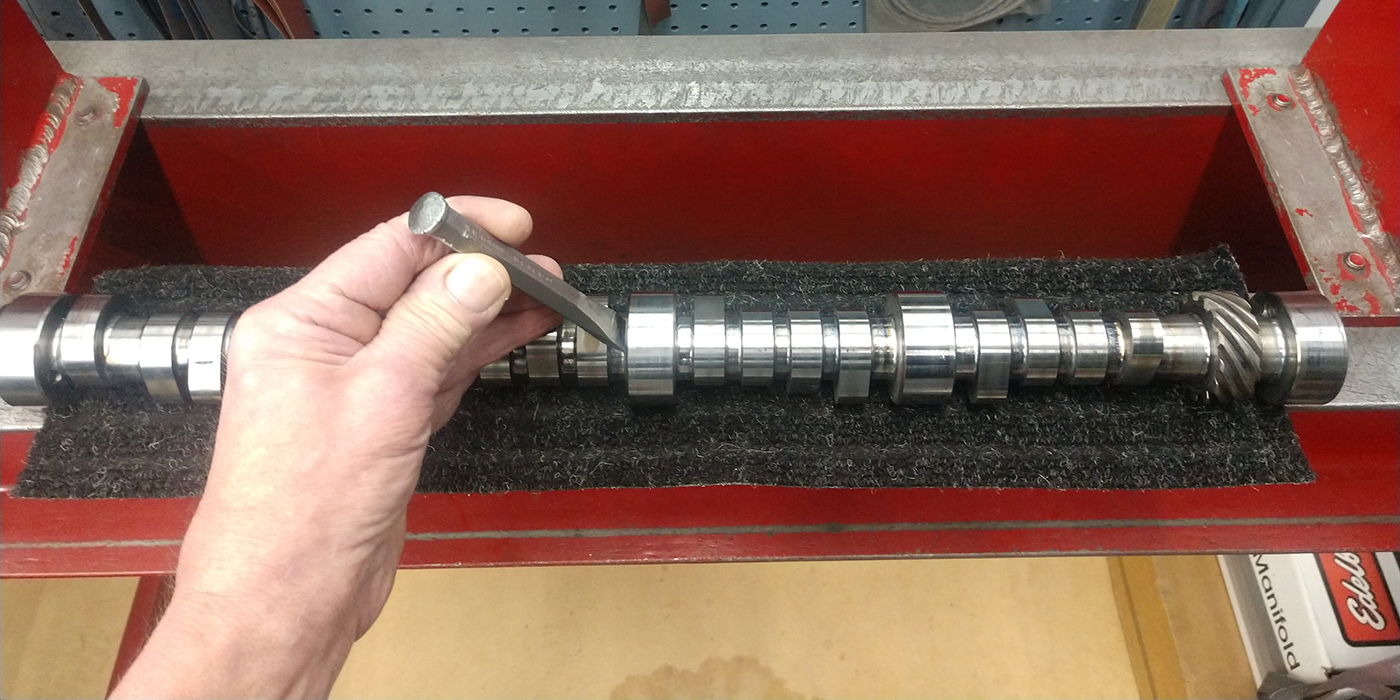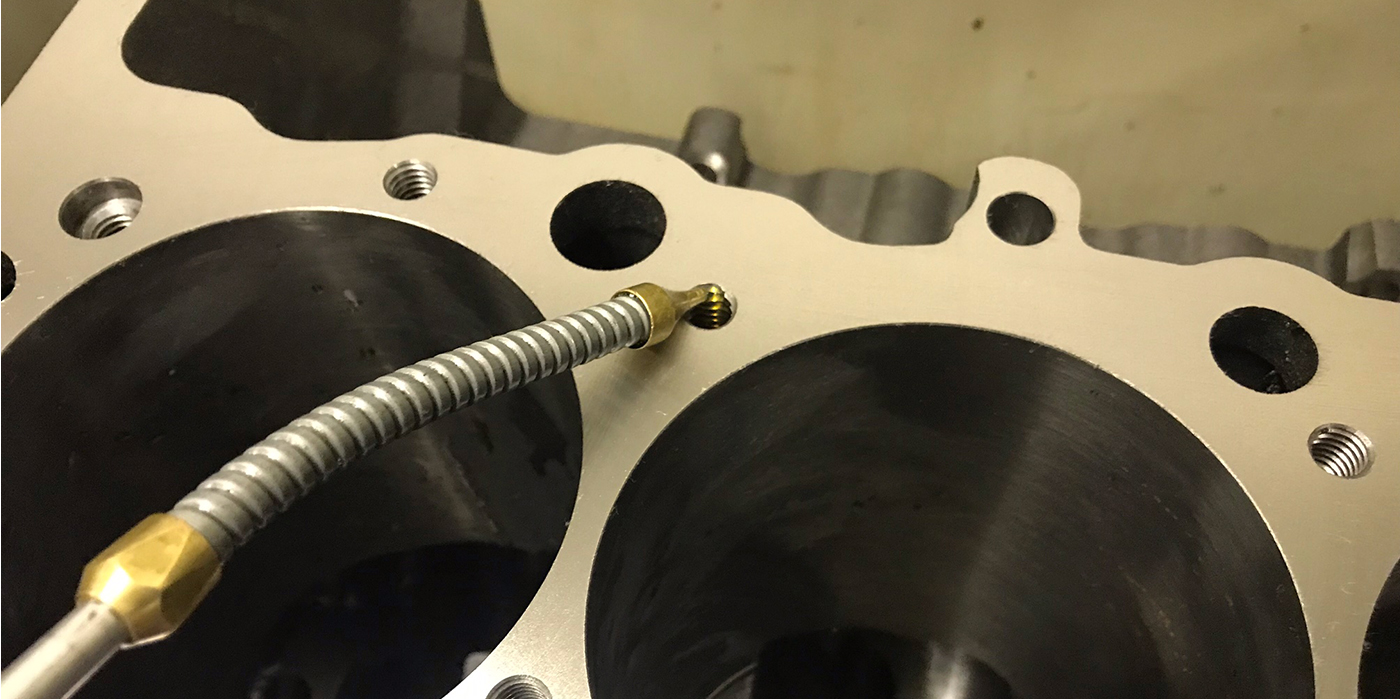RING SQUARING
When gapping piston rings, an easy and often used way to square them in the bore is to invert a flattop piston and use it to push the rings down to the desired depth. Another good way on large bore engines is to use a tapered ring compressor of the correct outside diameter to do the same.
Rich Jones, Redline Automotive Competition Engines, Davie, FL
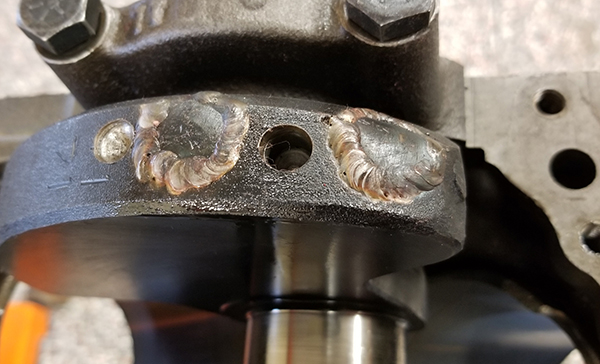
BALANCE HOLE PLUGS
Balancing a crankshaft by drilling large holes in counterweights can leave an appearance of the counterweight that is not pretty. To improve the appearance, we keep a supply of disc-style freeze plugs in the diameters of our balancing drills so we can “cap off” large drilled holes. We remove the plating on the disc plug by sanding or glass beading it, then tig weld it to the crank using a stainless welding rod. We use a “soft” stainless rod that works well with either steel or cast iron crankshafts.
Lyle Haley, The Shop Doc, Andover, MN
SNUG HAS A NUMBER
When using the stretch method on rod bolts that ARP and many other manufacturers use, they want you to snug the bolt before applying load to the fastener. I found a way for myself, or any of my employees, to duplicate “snug.” I first measure all the fasteners and apply the proper lube for the application. Then, I install a boxed end wrench and stretch gauge. I tighten the wrench until I see .0005˝ of movement then re-zero the gauge. I found by doing so any one can repeat “snug.”
Kody Redman, Redman’s Performance, Oakhurst, CA
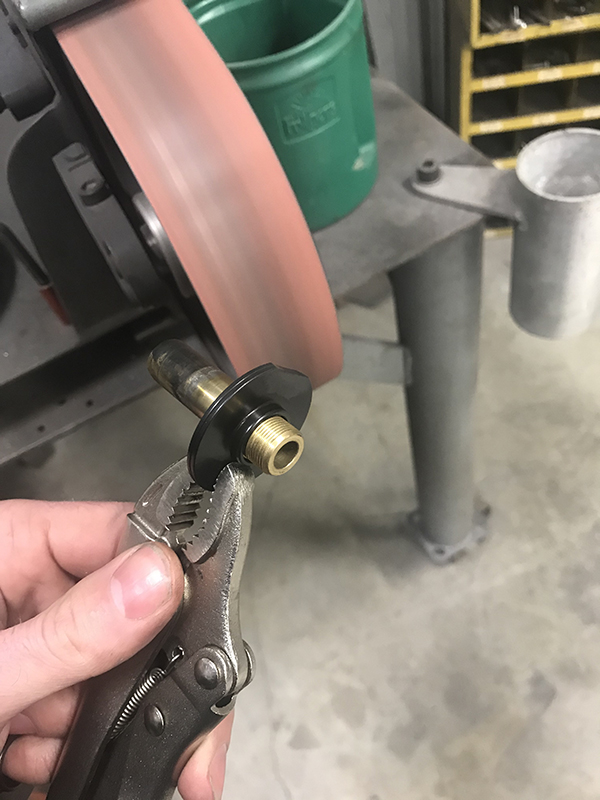
LOCATOR AND CUP HOLDER
We see many different cylinder head combinations and sometimes it is necessary to cut down the valve spring locators to get a socket on the cylinder head bolt or nut. We use an old valve guide and a pair of vice grips to hold the locator so they can be cut down on a grinder.
Adam Cofer, Salina Engine, Salina, KS
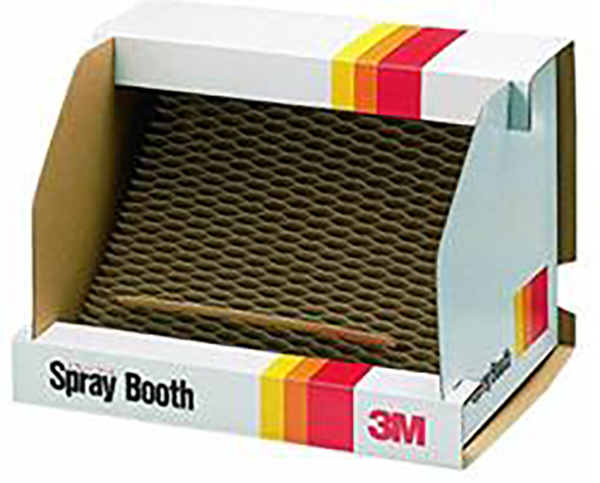
LIMITING OVERSPRAY ON THE SMALL STUFF
You can buy a pre-made spray booth or you can set up a makeshift paint booth using a cardboard box on its side. For extensive spraying you can cut a hole in the box and connect an exhaust fan to remove overspray. If using a larger box, remove most of the cardboard from one side and replace it with a furnace filter. Place a box fan behind the filter on high speed during spraying. Use a turntable to eliminate touching and to easily paint from all angles.
Steve Rich, Sterling Bearing Inc, N. Kansas City, MO
EXPANDING YOUR OFFERING
When doing engine build proposals for customers, be sure to add the option of all critical machining procedures, even if you do not do them in-house. You will need a high-quality vendor that you can outsource these procedures to, all the while laying groundwork for your own growth and providing a better engine. Be upfront with your vendor about your plans. You’re not hurting his bottom-line, you’re only validating the importance of the procedures when you address them.
Your plan is to add them in-house from the beginning and once you’re regularly sending these jobs out, you’ll eventually be able to purchase the equipment to do them yourself. You’ll have created your own market and it’ll take the risk out of that machine purchase. You’ve been providing customers with engines that have the best you can offer, even if you had to use another shop to achieve it.
Don’t get too hung up on making big money off these jobs while you have to outsource them. Price them as you would if you did them in-house, competitively. After a while do a simple “machine cost vs. labor revenue.” This analysis will tell you when the time is right to make the equipment purchase. In the end, you are raising your stock value and providing more critical services for your customers.
Prime examples of outsourced labor include: flow bench testing, line boring/honing, cam tunnel work, lifter bore work, thermal cleaning, crankshaft balancing, and dyno testing. Many shops I know will not build an engine unless it is dyno tuned, even if it must be outsourced.
Ron Flood, Cedar Machine, North Branch, MN

